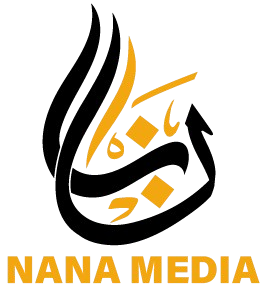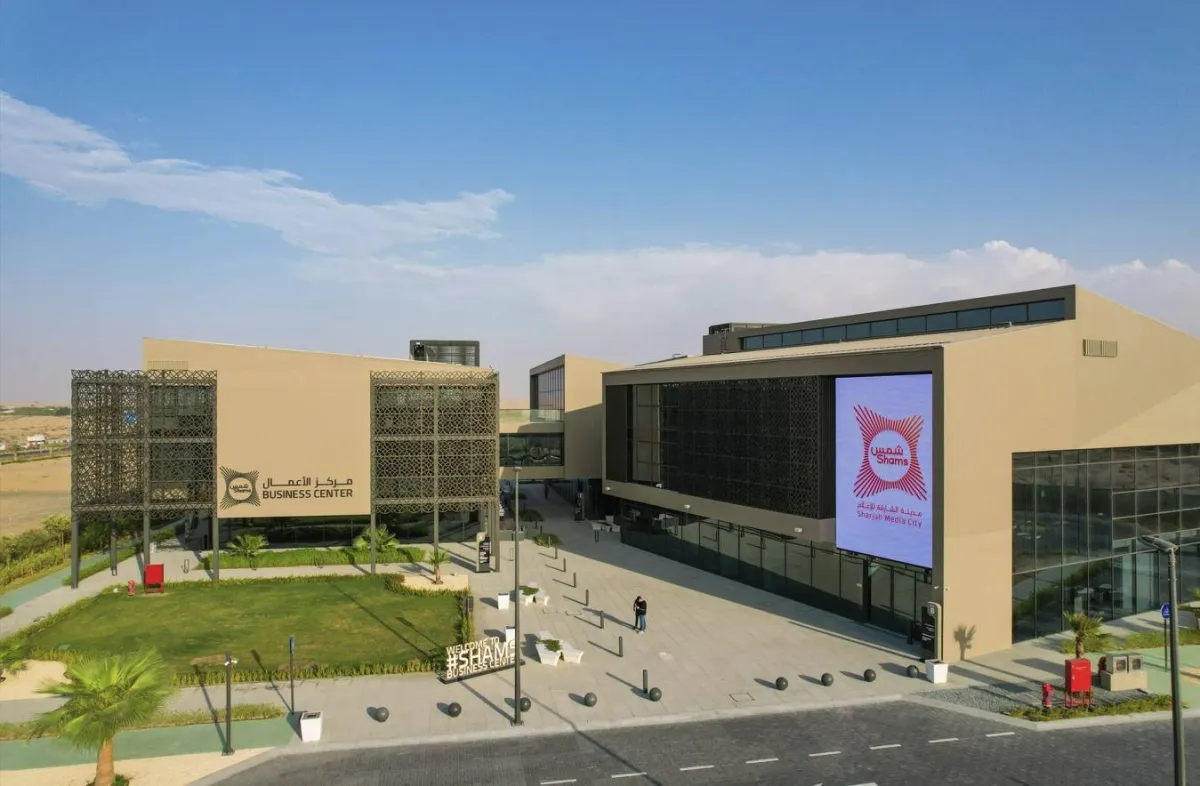Introduction to Artificial Intelligence in Media
The conversation about artificial intelligence and its applications in various fields, including science, medicine, and services, has been ongoing for some time. As AI technology continues to evolve, professional circles have begun to explore its impact on the workforce, production methods, and services, as well as the ethics of creative professions. In industrialized countries, legal controls have been put in place to regulate the spread of AI, and companies are working to framework its use within limits that prevent deviation from control.
The Impact of AI on the Media Sector
The media sector, which has undergone significant digital transformation, is one of the areas most affected by AI applications. With the majority of readers opting for digital versions of newspapers, digital, audio, and visual applications have become essential tools for advertising services, which form the main source of income for these newspapers. According to a report by the European Press Association, AI technology has already led to deep developments and transformations in the design and manufacture of digital media materials.
Current and Future Effects of AI on Journalism
The report, which surveyed editors, producers, and superiors of digital versions of European media, found that:
- 84% of respondents believe that editors will use digital tools for AI in the future.
- 85% believe that the use of AI applications that generate media material must be subject to strict rules.
- 97% believe that the use of AI will have a major impact on the ethics of the profession.
- 91% believe that AI will contribute to the misinformation of media and promote false news.
- 96% believe that the reader has the right to know the use of AI in the material in their hands in advance.
- 73% consider media responsibility to be used.
The Role of Chat Applications in Media Production
The beginning of this radical transformation in the media sector was marked by the emergence of chat applications, such as Chat BBT, which came onto the market at the end of autumn 2022. These applications have been used to produce or generate media material, with a number of large cyber media institutions already integrating them into their production processes. Experts say that the ability of these tools is not limited to enabling journalistic tasks and producing materials but also proving the accuracy of information.
The Future of AI in Media
Many experts agree that the media sector will undergo significant changes due to AI and its applications. These changes will include the organizational structure of the production process, cyber security, direct or pushed radio and television programs, as well as the communication platforms of the media. Some experts warn that media institutions that fail to invest in AI treatments may face extinction or marginalization. On the other hand, they caution against the consequences of unregulated AI use, which could lead to chaos and confusion in the media sector.
The Importance of AI in Digital Media
Experts claim that AI is an indispensable partner for digital media in areas such as news production, addresses, preliminary paragraphs, graphics fees, textual margins, generation of images, and visual audio bands. With regard to radio and television, change is not limited to the narrative level but also virtual radio operators and videos produced by AI with their own voices that adapt to the requirements of the media material. By the end of the current decade, AI applications are expected to be able to produce media materials in areas such as research and examination, based on predetermined criteria.
Can AI Replace Journalists?
Despite the advancements in AI technology, some experts believe that journalists cannot be replaced by AI. They argue that messages based on AI are purely human productions, originally "news" by being unique, new, and exclusive. However, others expect the use of AI to reduce the number of media experts, as well as radio and television institutions, especially since materials made by electronic applications are of high quality and difficult to distinguish from those produced by human pens.

